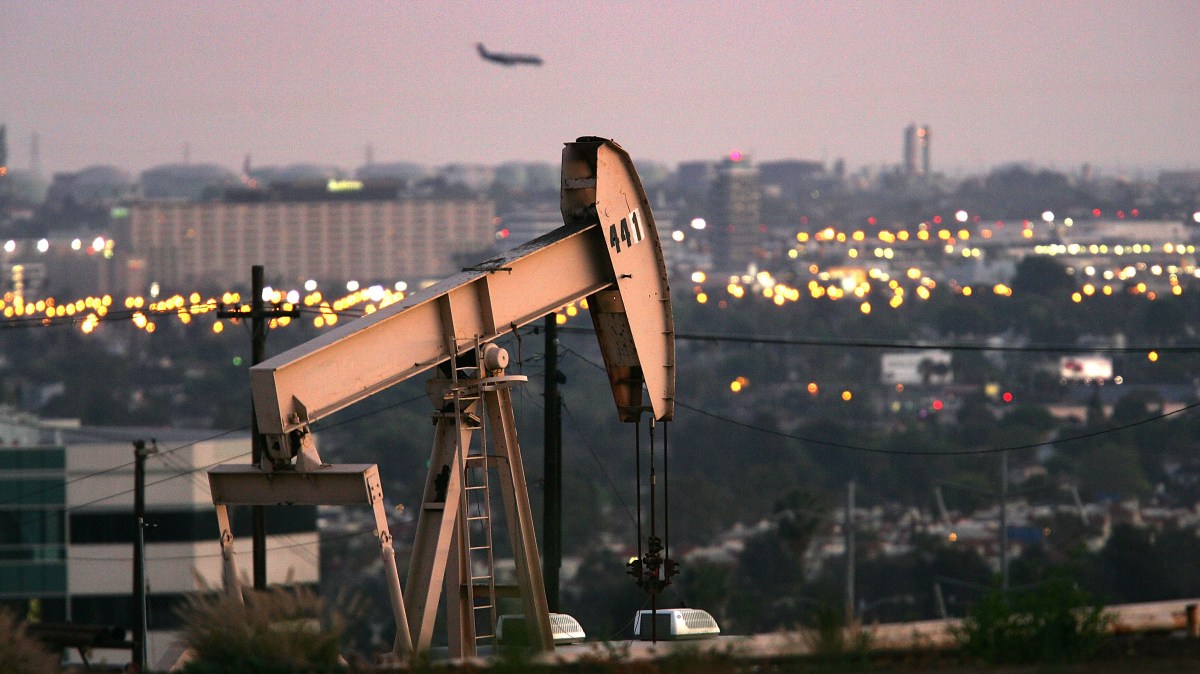Luckyone
Gold Member
- Aug 19, 2024
- 373
- 152
- Thread starter
- #461
It is funny how your chart ends in 2020 and does not show the Biden years.FALSE! In the 2020 presidential debate, Biden promised he would "transition away from fossil fuels.' He kept His promise.

Biden signs executive order pausing federal drilling leases
What will Biden's order mean for the energy industry and the effort to halt climate change?www.marketplace.org
1. the NOSEDIVE oil production took between Trump's last month (344 MILLION BARRELS MONTH), and Biden's first month (277 MBM) when he issued an EO to halt oil drilling. A DROP of a whopping 67 MB/mo.
2. there is every reason to believe, that had the pandemic shutdowns not occured, that rising line would have continued rising exactly as it was already doing. And if Trump had remained president, and we thereby extend-extrapolate the line to as far as December 2022, we can easily see that it would be at about 580 Million Barrels/mo, and much higher than that by now.
3. Fast foward to 2024, after 3 years of minimal oil production (Biden wanting to transition to green energy), it was apparent that Biden caused a whopper inflation, and (in the ELECTION YEAR) Biden got oil production humming again with record production months.
View attachment 1000805
Here is an updated one:
then to dispute your article, there is this from Reuters:
Biden’s oil boom
How fossil fuels thrived despite the White House's climate policiesand this:
Why oil companies are raking in record profits under Joe Biden
and this
Big Oil is doing way better under Biden than under Trump
and this:
Joe Biden Is Producing More Oil Than Donald Trump Did
Are you prepared to accept defeat on this, or are you going to stick to your misinformed opinion?
:max_bytes(150000):strip_icc()/GettyImages-591478749-fb686ce4aa5c4dc1b2ef76949bb8ea81.jpg)